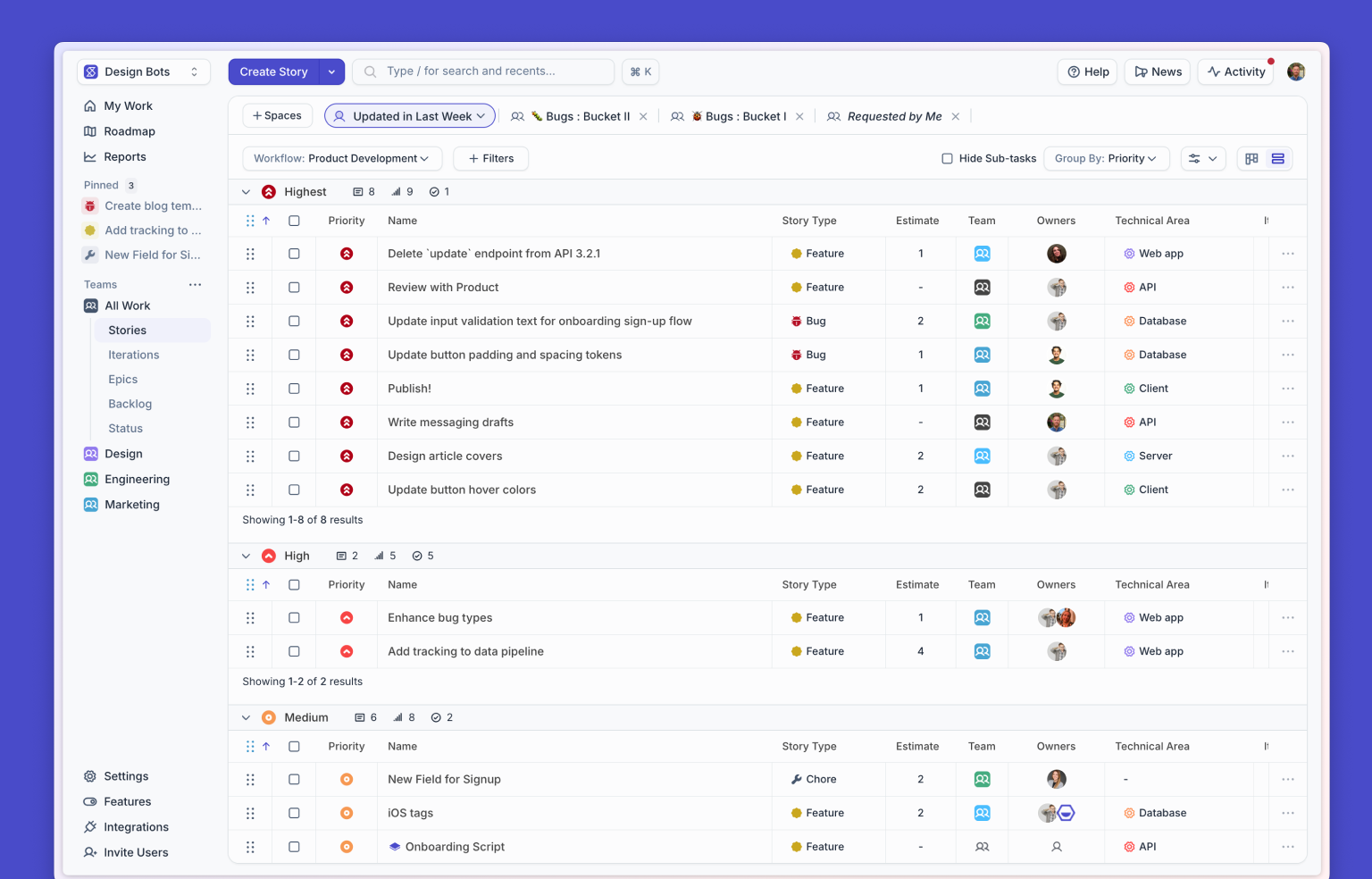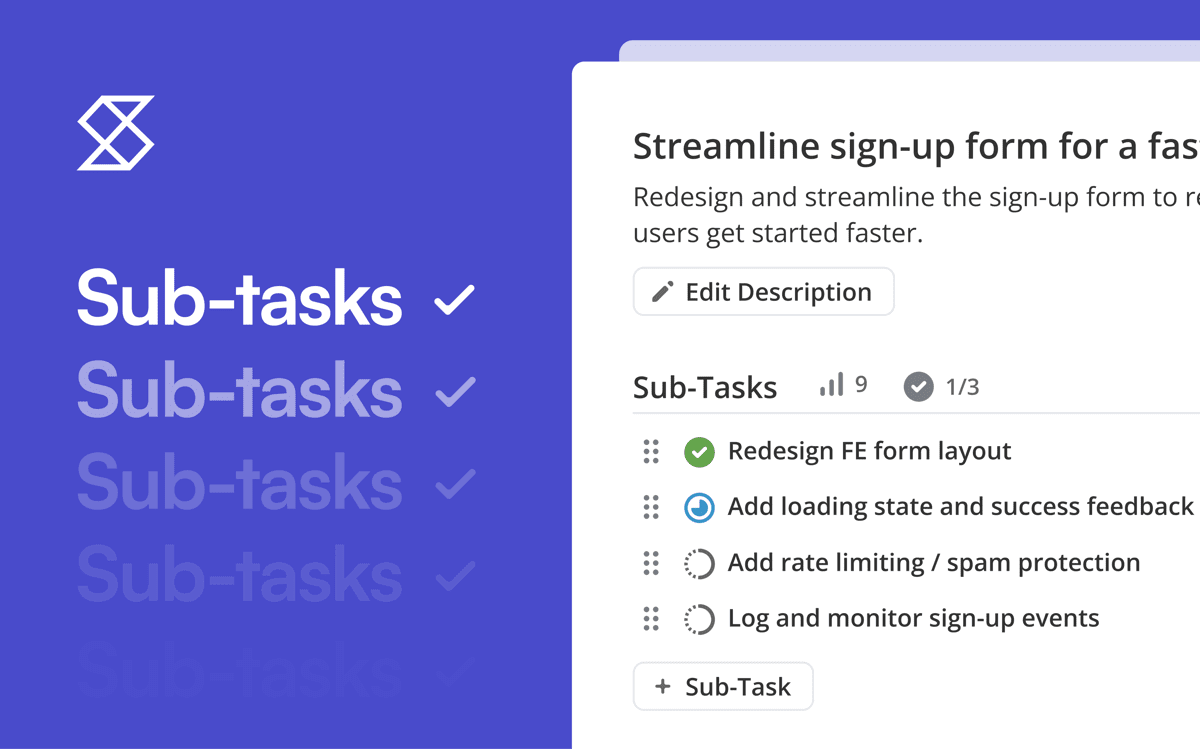It’s that time of year again. Snow has begun falling from the skies in places that are lucky enough to have moisture in the air, we’re all already tired of hearing Michael Buble songs playing on a loop, and some of us are getting in the spirit by wearing ugly Christmas sweaters everywhere we go.
To celebrate, Shortcut is highlighting twelve of our favorite integrations and partnerships. We hope you return every day to read these posts alongside your tinglers and fuzzles, your dafflers and wuzzles, and your delicious pot (or Beyond meat) roast.
Our second featured Integration is GitHub. You know the one, they have that mascot that is both an octopus and a cat.
On the Second Day of Partners, Integrations, and Other Good Stuff, Shortcut gave to me two GitHubs in a blog post. That's no joke: our integration works with both GitHub and GitHub Enterprise.
Throughout history, different kinds of engineers have brought their work to the public by using a variety of methods and techniques.
The civil engineers who built the Bay Bridge did a “pull request” between downtown San Francisco and downtown Oakland via the work of hundreds of people armed with jackhammers, big cranes, and lots of silver paint. Did you know: much like it’s more famous and significantly less busy sibling, the Golden Gate Bridge, the San Francisco Bay Bridge must be continuously painted end-to-end; CalTrans employs 20 people to do it.
The chemical engineers who created Windex did a “code review” by aggressively cleaning a bunch of bugs off their windshield after a days long drive on Interstate 80 from NYC to San Francisco in the Windex-mobile. We would ask that you not fact check the existence of this vehicle, and just take our word that it’s real.
The mechanical engineers who built the Roomba “pushed” their creation out after an awful lot of soldering (probably?) and a lot more time complaining to each other on AIM about the quality of the code that had been written by their co-creators: the software engineers.
And those software engineers now, for the most part, manage all their work via distributed Version Control Systems. One such VCS rises above the others in popularity: GitHub.
This hub for your git repositories likely needs little in the way of introduction, so let's dive into the integration itself.
The Shortcut to GitHub / GitHub Enterprise integration let’s you do virtually everything from your command line: create Stories, update Stories, comment on Stories, complete Stories, while also keeping any requesters or followers of a Story updated on what’s happening with the ongoing work to tackle that Story.

You can use specially formatted commit messages to link Shortcut Stories to commits, branches and pull requests to do all the updating noted above. Just add the Story numbers to the message with the prefix sc-in brackets.

You're also able to take some actions in reverse, opening PRs for associated branches from within Shortcut, as well as viewing commit messages, GitHub labels, and other information within the Story itself.
The integration includes a ton of functionality, but at its core is simply about making it as simple as possible to make your Shortcut workflow a more seamless part of your development process.
To learn how to install the GitHub integration, visit our Set Up a VCS integration guide.
Once it's installed, go here to learn how to use Branches and Pull Requests with Stories. This article also details how to set up event handlers so that VCS events will change Story Workflow states.
Then go here to see how to use Commits and Commit Messages.
Shortcut is pretty cool. GitHub is pretty cool. Both of them together? Ice cold. Much like the month of December, unless you’re in the Southern Hemisphere, in which case we need to do a better job creating globally relevant metaphors.

















%20(788%20x%20492%20px)%20(1).png)
.png)

